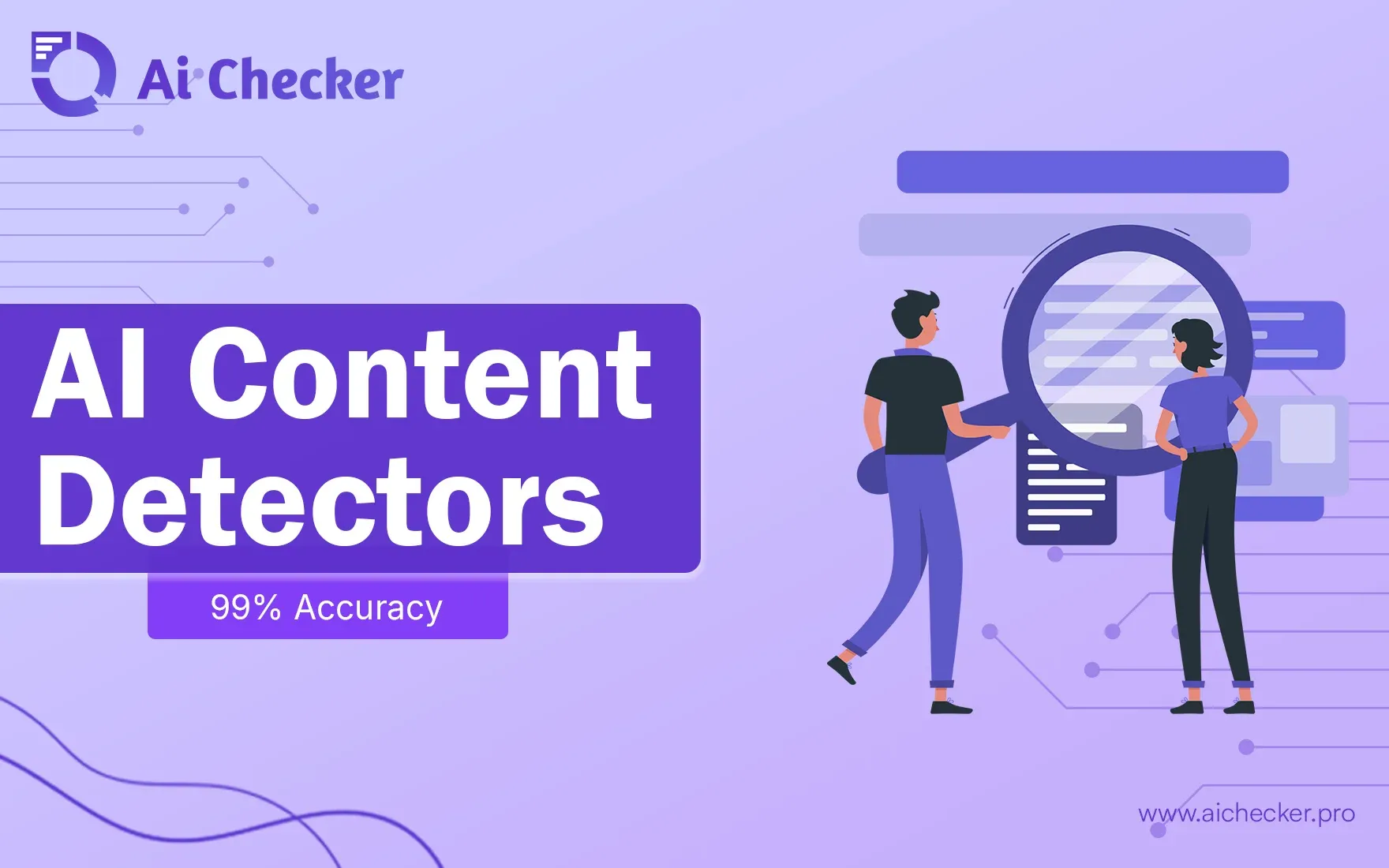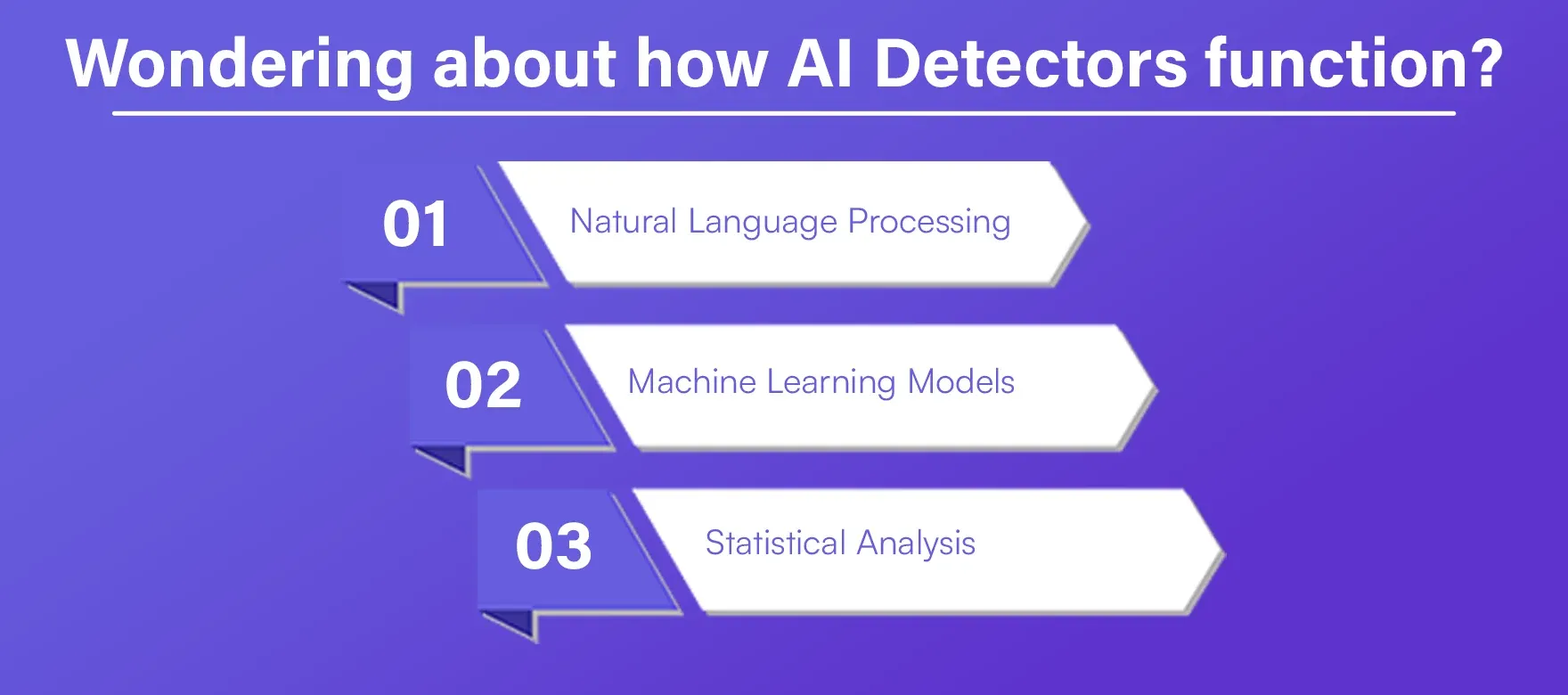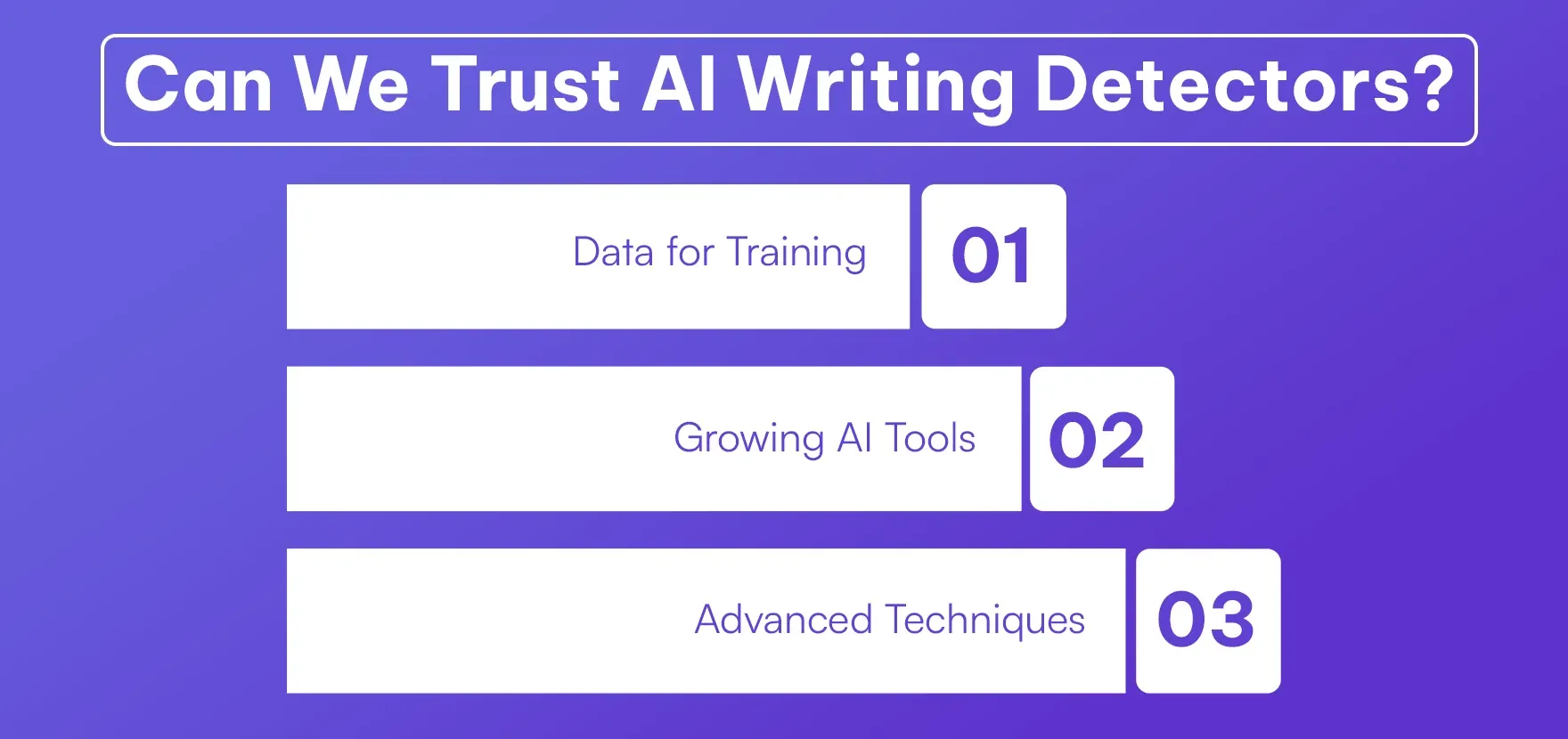Sign In
Welcome to AI Checker Sign in to continue your exploration of our platform with all its exciting features.
Forgot Password?
Don’t have an account ? Sign Up
Forgot Password
We'll Send You An Email To Reset Your Password.
Back to Login
Sign Up
Embrace the Future with AI Checker Sign up now and let's rewrite the possibilities together.
Already have an account? Sign In
Enter OTP
We'll send you an email to reset your password.
Back to Login
Enter OTP
We'll send you an OTP on your registered email address.
Back to Login
Confirm Password
Please enter your new password.
AI Content Detectors: How Accurate Are They?
 Megan Harris
Megan Harris
TABLE OF CONTENTS
Quick Overview
Ever heard of AI Detectors?
Wondering about how AI Detectors function?
Can We Trust AI Writing Detectors?
Do AI Detectors Make Mistakes?
What does False Positive mean in AI Detection?
Finding a Trustworthy AI Content Checker
Tricking AI Detectors
Key Points
Conclusion
FAQs
The rapid development of AI has transformed the landscape in which we produce content. We increasingly see AI writing tools generating articles, blogs and many other written materials. This surge in AI-written content also prompted the emergence of AI content detectors that aim to discern whether a piece of text was generated by a human or machine. But now questions are being raised on how accurate are ai detectors? In this article, we provide an overview of how AI content detection works, explore if ai detectors are reliable, and share tips on how to bypass these systems using advanced tool like bypass ai humanizer.
Quick Overview
AI content detectors try to detect text written by AI systems. But, the accuracy of these detectors varies. False positive and evolution of AI writing tools affect their reliability. Understanding the working and limitations of these detectors helps users better use them.
Ever heard of AI Detectors?
These are specific programs designed to detect if some content was made by a human or AI. They use various clues, like how text is formatted, how language is used, and more, to distinguish human made from AI made work. They are used in many fields, such as education, journalism, and online marketing to ensure the authenticity of the content.
It's getting more and more important to be able to spot AI, because AI writing assistance tools can now generate content that literally could have been written by a human author (e.g. OpenAI's GPT-3; and soon GPT-4). And these detector techniques are using all sorts of really clever techniques that I do not understand. But it's even more important to be able to spot AI in contexts where the genuineness or truthfulness of the content matters a lot.
Wondering about how AI Detectors function?
AI detectors use machine learning methods to analyze and detect text. They are trained on large datasets containing examples of human-written text and text generated by AIs. Because they learn the subtle differences in writing style, word choice, and sentence structure, these detectors can identify and flag text that appears to have been written by an AI. The key technologies involved include:

Natural Language Processing: NLP is what helps those detection systems understand and interpret how we speak and write. It helps them break down sentences, understand grammar, and determine context.
Machine Learning Models: Trained on features typical to AI-Generated text, they assess new material through the lens of what they have learned.
Statistical Analysis: This looks for anomalies and oddities in writing. An AI, for example, may over employ phrases or styles almost no humans use.
These frameworks combine to look over some text in detail, allowing detectors to discriminate text written by humans and those generated by AIs with a broad range of accuracies.
Can We Trust AI Writing Detectors?
Are AI detectors accurate is a question that is being debated. Many detectors claim to be extremely accurate but how they actually perform can vary due to some factors:

Data for Training: The performance of detectors relies on the quality as well as diversity of training data. High fidelity detectors are usually trained on multiple texts.
Advanced Techniques: Many times, better results are obtained with high-tech algorithms. However, sometimes even the advanced ones fail with complex writing styles.
Growing AI Tools: As long as AI writing tools improve, they will be able to output more and more text that is hard to detect. This perpetual growth constitutes a major challenge for AI detectors.
How reliable these detectors are, will also depend on how good they will be in adapting with new writing trends and styles. We need to continuously upgrade and improve the algorithms to keep the accuracy high.
Do AI Detectors Make Mistakes?
They sure do. The mistakes that AI Detectors can make usually fall into two types:
False Positives: This happens when human written content gets classified as AI. It can happen if a person writes in a similar style to AI.
False Negatives: When AI-generated text is mistaken for human written text. This occurs as a result of the output from AI systems generating text that approximates the same writing style as a human.
These mistakes imply that even AI detectors are not flawless and need to be updated regularly. Such misidentifications can have harmful consequences, particularly in scenarios, where scholarly work is involved, for which the actual content is really what matters most.
What does False Positive mean in AI Detection?
False positives can happen if an AI detector says that something a human wrote was generated by AI. This is not good and it can cause problems in academia or professional work where you want to be sure that you are being authentic. False positives can happen because:
Different Writers: Writers who writes in different style can sometimes mess up our system. They can write words, phrases or use lingo which indeed sounds like coming from AI.
Not Enough Learning Resources: Tools that don’t give you enough information to work with can lead to mistakes. AI is thought by many to be the result of human writing. If the tool doesn’t recognize what is and isn’t human writing often enough, it probably won’t produce a good result.
AI detectors can become less trustworthy due to false positive errors, emphasizing the necessity for improved and diverse training data.
Finding a Trustworthy AI Content Checker
To choose a trustworthy AI content checker keep in mind a few important things:
Reputation and Comments: Opt for checkers with a good user feedback and solid reputation in the field. The feedback users leave can offer you useful insight about the effectiveness of the tool.
Honesty: Choose a tool that is honest about its training data and process. Especially, the information about how the checker works and where it gets its data from is important in order to trust it.
Regular Upgrades: Reliable checkers need to make regular upgrades so that they can keep up with the progress of AI writing tool. The consistency and reliability can only be maintained through consistent improvements.
Considering these factors can help you to choose an AI content checker that suits your requirements and provides reliable results.
Read more: AI Content Detection: How does it work?
Tricking AI Detectors
To trick AI detectors one needs to rephrase/tweak the AI generated content to make it look like written by a human. Which means.
Sentence Revisions: Manually adjusting the AI-written content to read more like something a human would write. This could include things like changing sentence structures, using colloquialisms, and rewording.
Word Swaps: Isolating certain words in the text and replacing them with similar meaning words so that the pattern can’t be caught. Useful if you don’t want to reveal regular/peculiar word usage in your AI generated content.
Use AI Concealer: This nifty tool modifies AI-generated text to increase its similarity with human-written text, thus evading the detection of AI-detectors. The AI concealer can inject tiny modifications and natural language nuances into the text.
These are the kinds of things that make it harder for detectors to tell if a text was machine-generated, but they should be used carefully and judiciously.
Key Points
AI content detectors are used to detect AI-generated text. How well they work depends on how good the data is that they were trained on and how sophisticated the algorithm is. It's also common for a detector to make errors i.e., false positive and false negatives. So it's really important to choose a right detector and understand its limitations so you can use it better. People can play tricky too, even beating AI detectors with a particular tool called bypass AI humanizer.
Conclusion
AI detectors that can catch AI text are really important now. They help to keep human content honest and real, even with a lot of AI about. But the detectors are not perfect, so we need to know how they work, and what they can't do. And clever tech like the bypass AI humanizer can help people get round the AI content detector – it's quite hard, but possible. As the AI world grows and changes it will be important to keep the balance between detecting and creating AI text.
FAQs
1. How good are AI detectors?
The correctness of AI detectors depends on the quality of their learning data and how advanced their algorithm is. But there are not perfect, most of them promise to have a high success.
2. Can we always rely on AI detectors?
The trustworthiness is not the same. Detectors could, however, have some issues with wrong flags, so-called false-positives and -negatives which might have an impact on the overall trustworthiness.
3. How precise are AI detectors?
Precision can change so much. Some detectors are very precise, but the fast evolving AI tools can make the detectors useless.
4. What does 'false positives' mean in AI detection?
False positive – that’s when we mistakenly classify content written by a human as being generated by an AI.
5. Is there a way to trick AI detectors?
Just rewording the sentences, using different words but the same meaning, for example make use of tools like bypass AI humanizer, there are many ways to outsmart AI detectors.

Megan Harris
Content writer at @Aichecker
I am a content writer at AI Checker Pro, where I craft engaging, SEO-optimized content to enhance brand visibility and educate users about our AI-driven solutions. My role involves creating clear, impactful messaging across digital platforms to drive engagement and support company growth.

